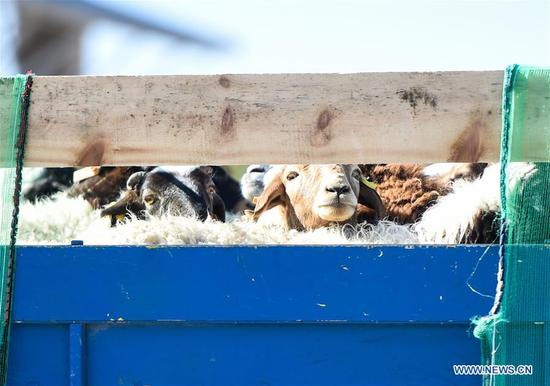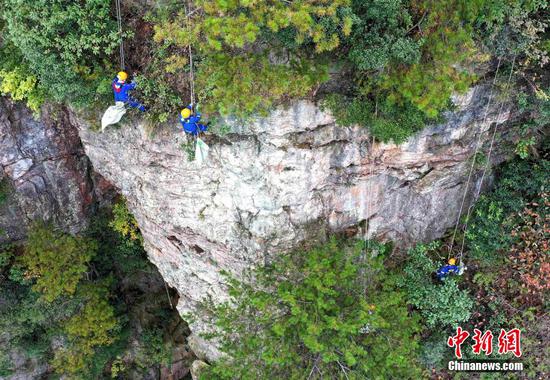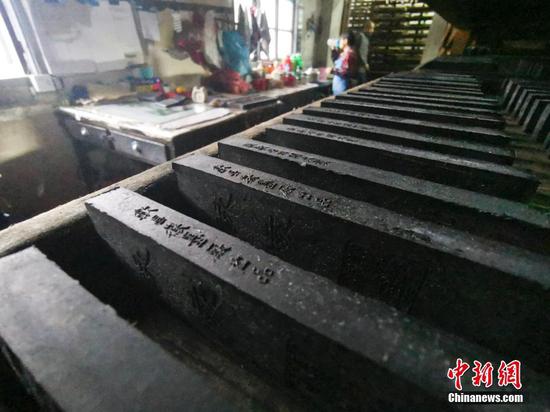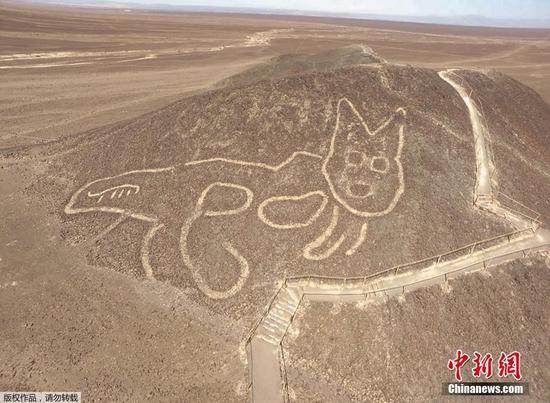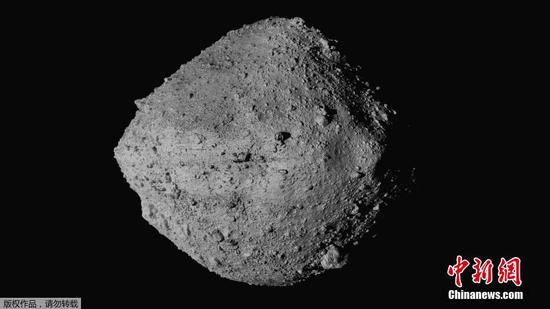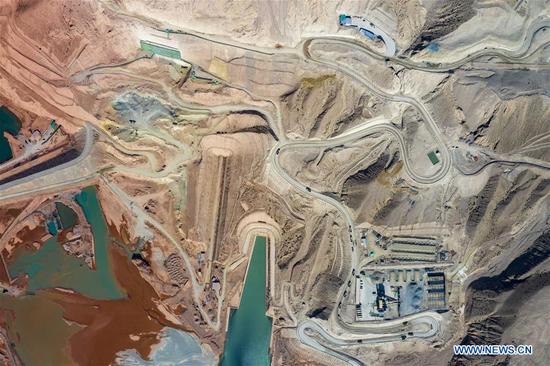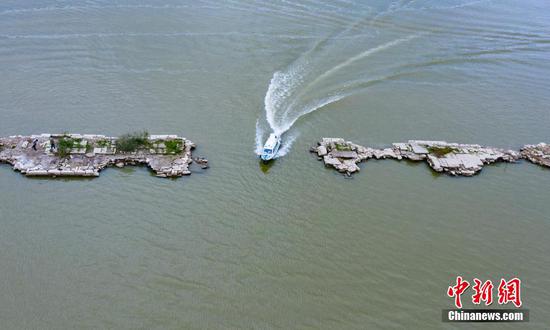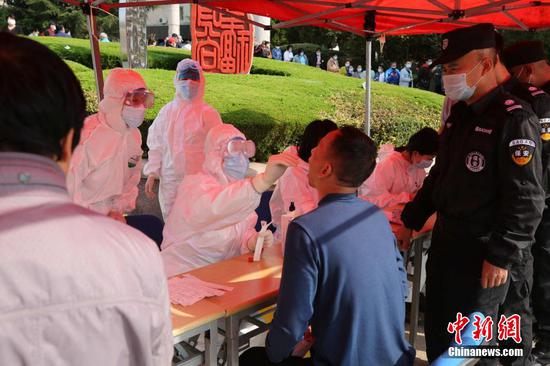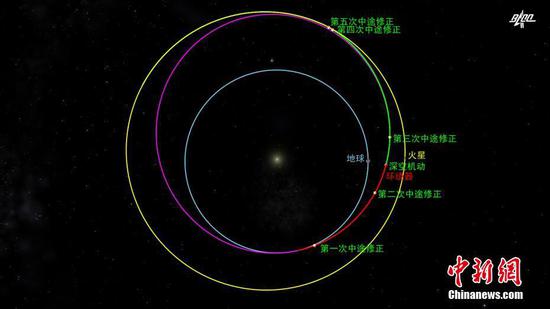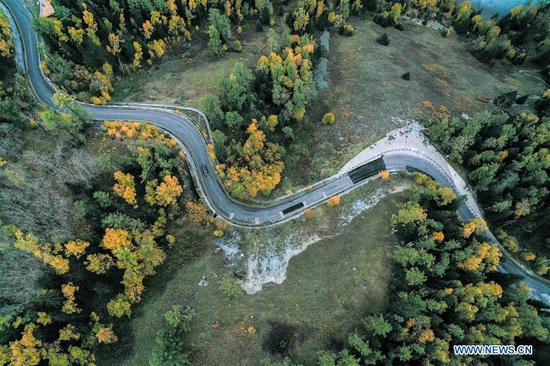
Photo taken by the rover Yutu 2 (Jade Rabbit-2) on Jan 11, 2019 shows the lander of the Chang'e 4 probe. (Photo/Xinhua/China National Space Administration)
The lander and rover of the Chang'e 4 probe have been switched to dormant mode for the lunar night after working stably for a 23rd lunar day, the China National Space Administration's Lunar Exploration and Space Program Center said.
Both the lander and rover were switched to dormant mode on Friday-the rover at noon and the lander at 9:40 pm, the center said.
A lunar day is equal to 14 days on Earth, and a lunar night is the same length. The Chang'e 4 probe, which is switched to dormant mode during lunar nights due to the lack of solar power, had been on the far side of the moon for 661 Earth days as of Sunday, and the rover has traveled 565.9 meters.
During the 23rd lunar day, Yutu 2 went northwest, traveling toward an area with basalt and an impact crater area with high reflectivity. En route to the destination, the near-infrared spectrometer on the rover was used to detect a rock about 30 centimeters in diameter. The research team is analyzing the transmitted data.
Scientists carried out the first systematically documented measurements of radiation on the moon with data acquired by the lander's neutron radiation detector. According to a study published in the journal Science Advances, the moon's surface is highly radioactive-approximately two to three times the level in the International Space Station, five to 10 times that on a civil flight, and 300 times the level on the Earth's surface in Beijing.
The study provided a reference for estimating lunar surface radiation hazards with a view to designing radiation protection for future lunar astronauts.
The Chang'e 4 probe, launched on Dec 8, 2018, made the first soft landing in the Von Karman Crater in the South Pole-Aitken Basin on the far side of the moon on Jan 3, 2019.
Yutu 2 has far exceeded its three-month designed life span, becoming the longest-working rover on the moon.
China's first lunar probe, Chang'e 1, was launched on Oct 24, 2007, making China the fifth country to develop and launch a lunar probe on its own and opening up a new age of deep space exploration for the country.
Chang'e 1 mapped 3D images of the lunar surface, analyzed the distribution of elements, measured the depth of lunar soil and explored the environment between Earth and the moon. Chinese scientists released the first complete map of the moon's surface in November 2008, thanks to that mission.
After orbiting the moon for about 16 months, the probe made a controlled crash on the lunar surface in March 2009.
Seven years to the day from the launch of Chang'e 1, China launched an experimental spacecraft to test technologies to be used in the Chang'e 5 mission, which is expected to bring moon samples back to Earth.
The experimental spacecraft, comprising a reentry capsule and a service module, flew around the moon for half an orbit, and the return capsule touched down in Siziwang Banner, Inner Mongolia autonomous region, on Nov 1, 2014.
Xinhua










